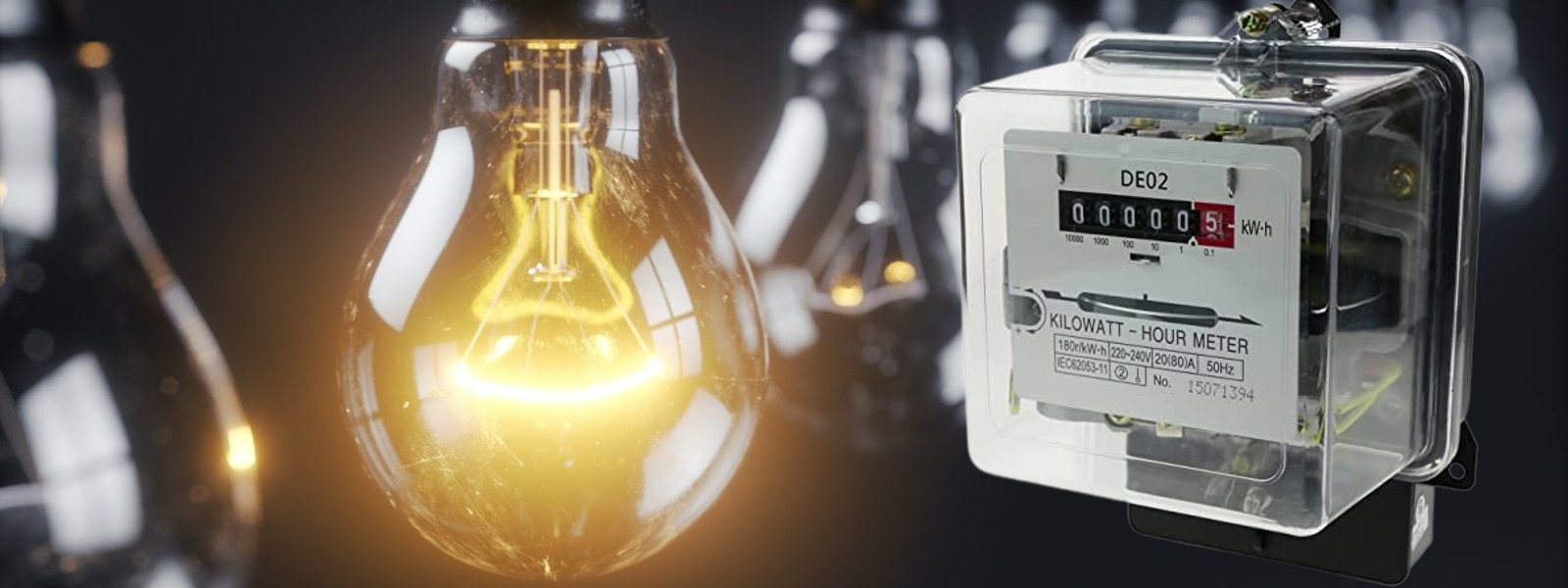.webp)

Electricity Tariff hike proposal to cabinet today (2)
COLOMBO (News 1st) - The proposal containing the electricity tariff amendment that will be in effect from 2023, will be presented to the Cabinet of Ministers on Monday (2).
The Cabinet Paper will be presented by Energy Minister Kanchana Wijesekera.
The process that should be followed with respect to amending the elctricity tariffs is mentioned in Article 30 of the Sri Lanka Electricity Act.
Accordingly, the Ceylon Electricity Board must prepare a proposal and produce it to the Public Utilities Commission of Sri Lanka.
Thereafter, the proposal will be reviewed for justification, and when necessary public opinion will also be obtained.
If concessions are to be provided, the treasury needs to be consulted and thereafter a process will be adopted to amend the electricity tariff.
According to the country's Power & Energy Minister the objective of this tariff hike is to cover the cost of providing a continuous supply of electricity. He made this remark during a media briefing in December 2022.
One of the scenarios presented by the CEB engineers will be used for this purpose, and according to the Minister the generation plan is as follows:
27% from hydro-power
28% from Coal
13% from Diesel and Furnace Oil
2% Wind Power
12% from Private Diesel or Furnace Oil Power Plants.
13% from Solar power plants
4% from rooftop solar panels
The CEB Employees' Union allege that this is an attempt to reduce the low cost production using coal, and to increase the production that would cost more.
According to them, it only costs Rs. 47/- to generate one unit of electricity using coal.
However, if Diesel is used to generating one unit of electricity, the cost would be north of Rs. 100/-.
The cost to generate one unit of electricity using furnace oil is Rs. 65/-.
Therefore, an additional cost will have to be borne after electricity generation using coal is reduced, and the missing capacity is sourced using fuel and from privately-owned power plants.
One generator at the Norochcholai Coal Power Plant was shut down citing early maintenance, however, the decision came due to the delay in procuring coal.
The electricity capacity that was lost by shutting down the generator is now being sourced from the West Coast Power Plant in Kerawalapitiya which uses Furnace Oil to generate electricity.
If this generator is shut down until the date that a coal shipment is due to arrive in Sri Lanka, the additional cost to provide electricity is a whopping Rs. 3.2 Billion.
Other Articles
Featured News





.png )
-819924_550x300.jpg)
-819903_550x300.jpg)


-819885_550x300.jpg)





-819380_550x300.jpg)


-812087_550x300.jpg)
-810262_550x300.jpg)
















.gif)